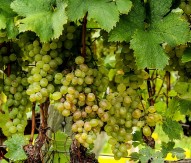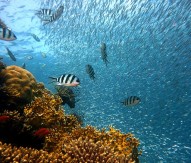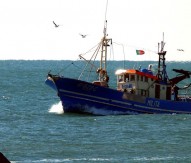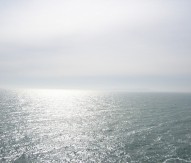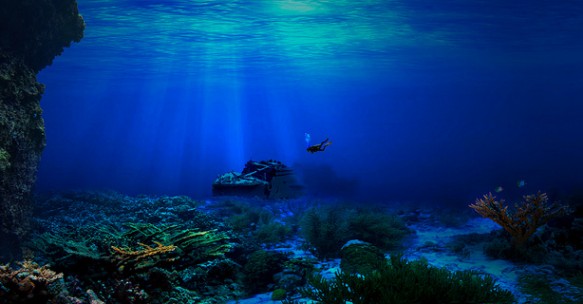
Study: Ocean acidity affects marine species
Many marine organisms rely on equilibrated chemical conditions and pH levels in the ocean to build their calcium-based shells and other structures, a European Research Council part-funded study has discovered.
The investigation provides an holistic analysis of how species, including coral, clams, mussels, sea urchins, barnacles, and plankton will be affected worldwide under different climate scenarios.
Speaking about the study, lead researcher Ligia Azevedo of the International Institute for Applied Systems Analysis said: “Previous studies have shown that marine species were being negatively affected by decreasing ocean pH levels. However, until now most studies looked at individual species. This study is one of the first to analyse the impact on the whole community of calcifying species, while also looking at both pH levels and CO2 partial pressure.”
Higher levels of carbon dioxide in the ocean cause the water to become more acidic, leading to greater difficulty for calcifying species to make their calcium structures such as shells, reefs and exoskeletons.
The study examines the impact of increased ocean acidity on species growth, reproduction and survival. It used two climate change scenarios from the Intergovernmental Panel on Climate Change Fifth Assessment Report. In the low emissions scenario, ocean pH is projected to decrease from 8.1 to 7.95, while in the high emissions scenario, median ocean pH is expected to decrease to 7.80 (Lower pH indicates higher acidity).
The analysis finds that under the high emissions scenario, between 21-32% of calcifying species would be significantly affected, based on a threshold of 10% of a species population being affected. In the low emissions scenario, only 7-12% of species would be affected. The investigation emphasises that much uncertainty remains about the level of acidification that would lead to major impacts on calcifying species, in part because of varying experimental results.
The study is published in full in the journal Environmental Science and Technology.


